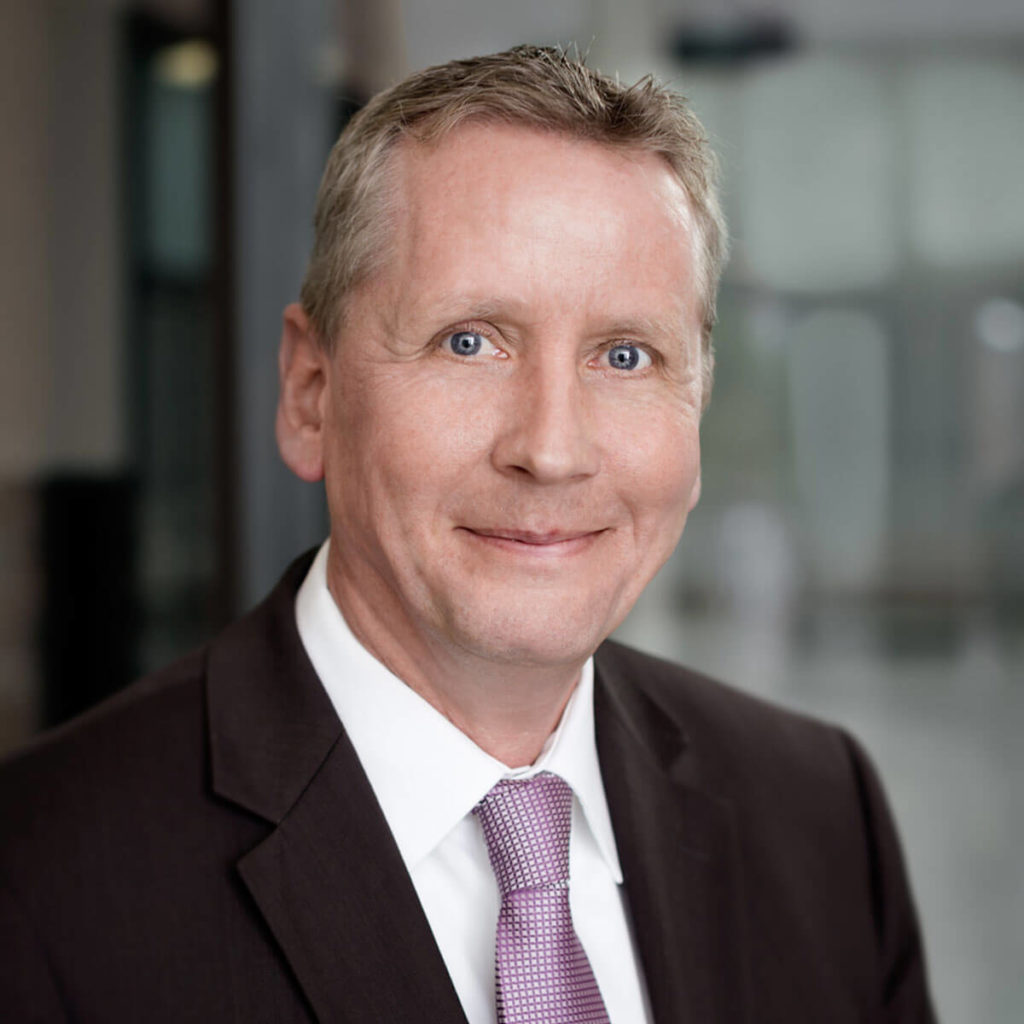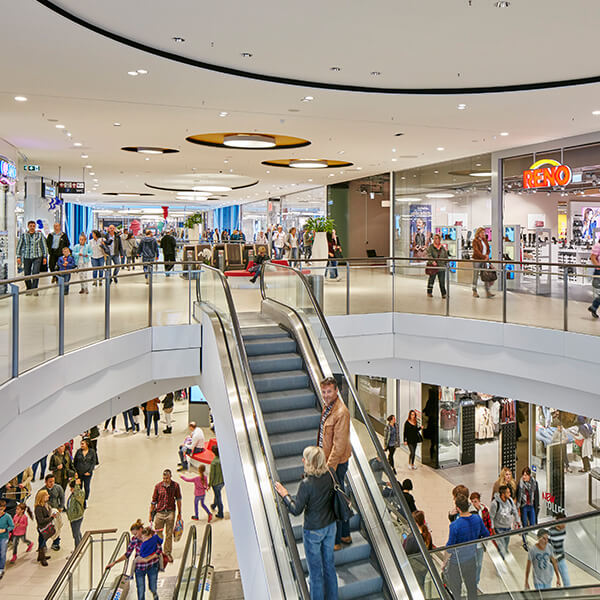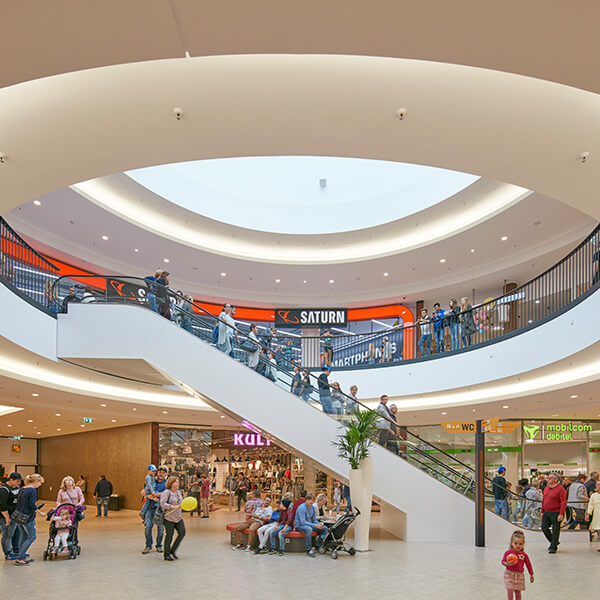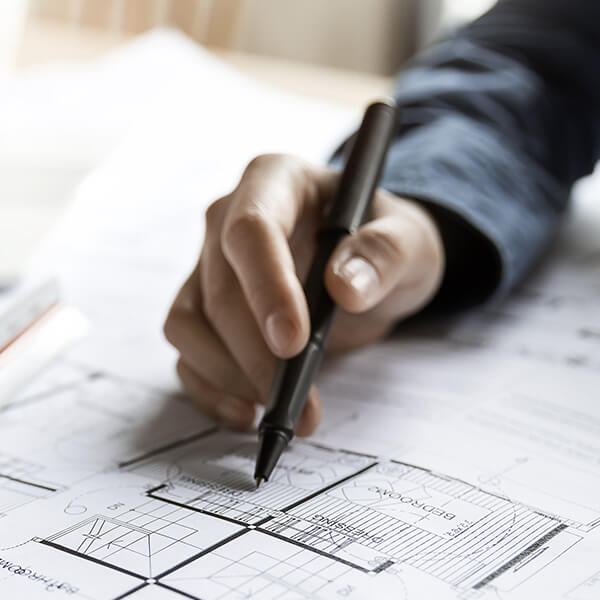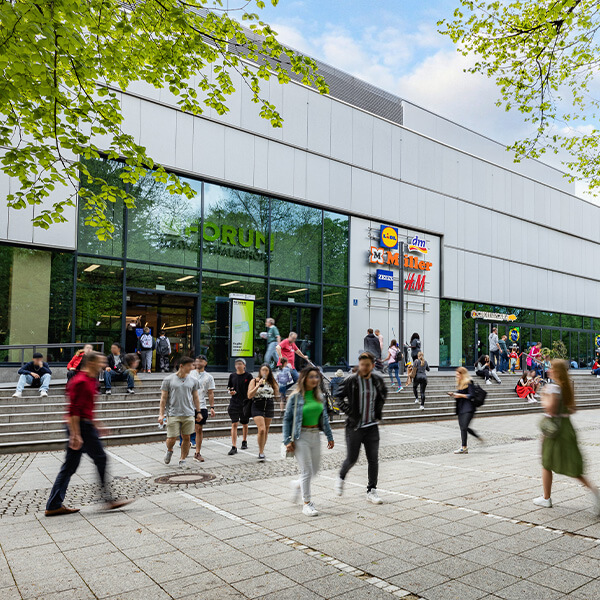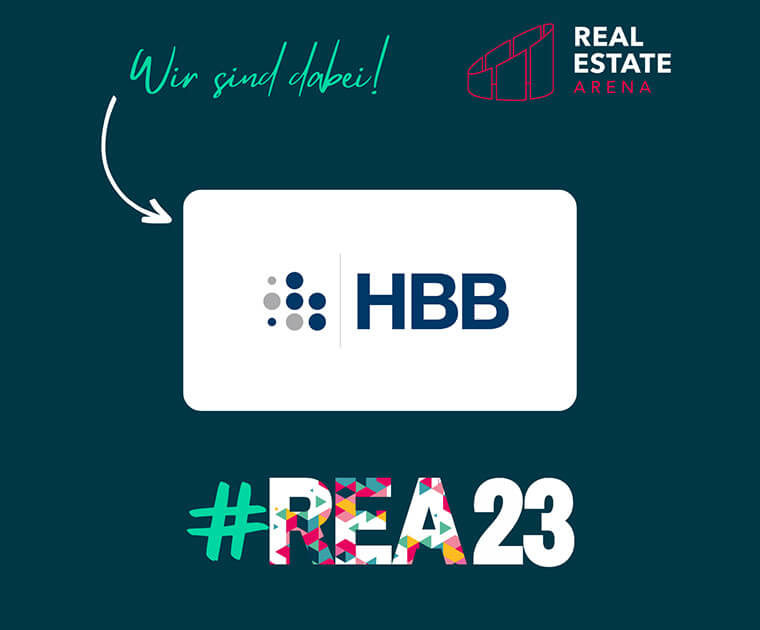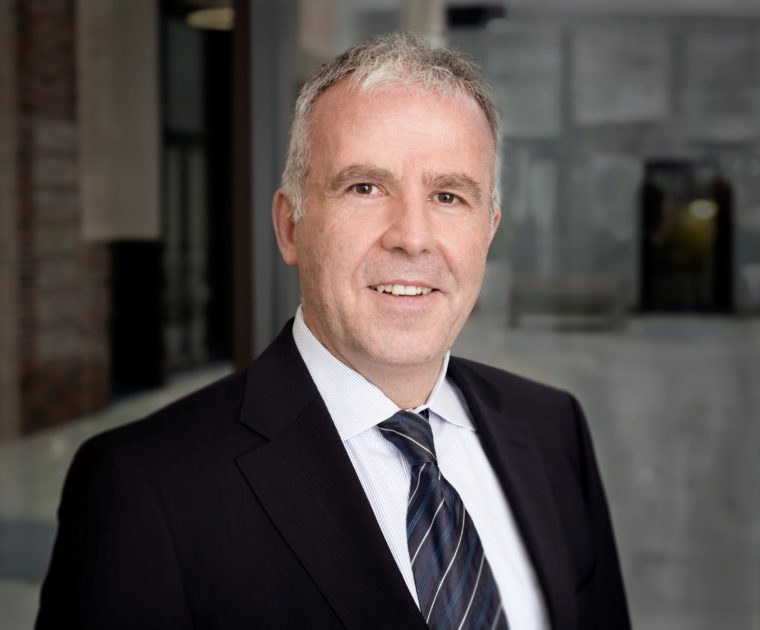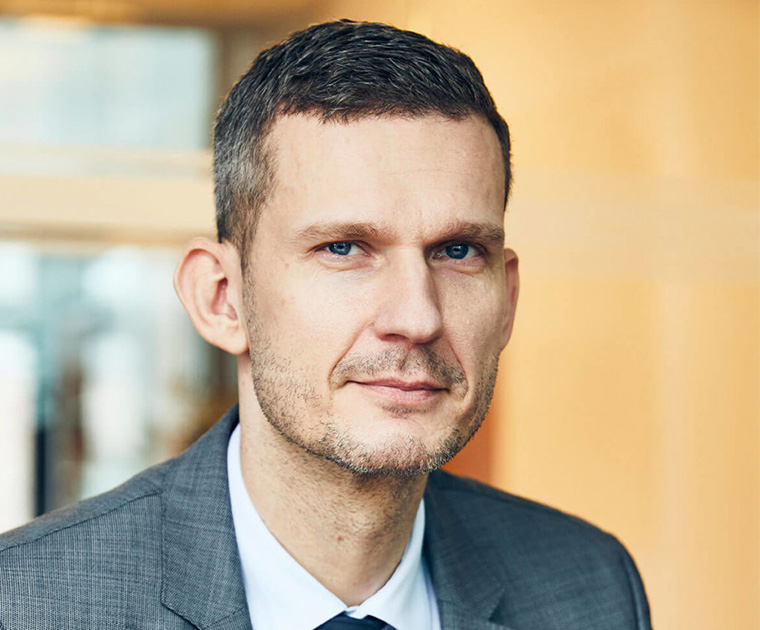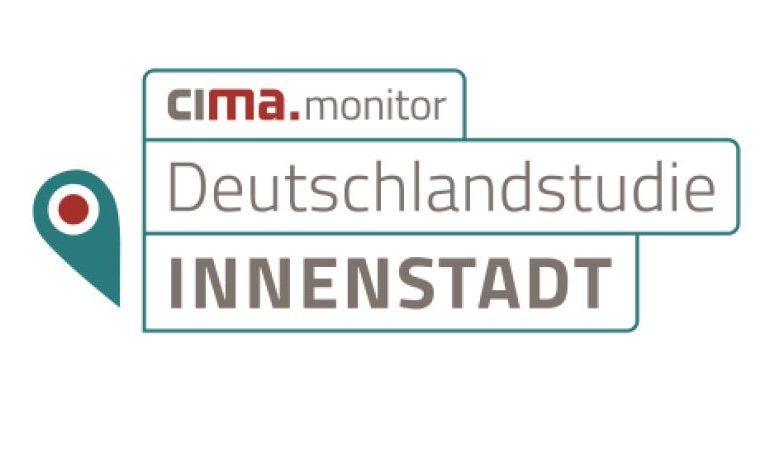Mixed-use properties are also on the rise in Germany. The combination of different uses at one location offers many advantages. It is becoming increasingly difficult to implement large construction projects in sought-after inner-city locations. With mixed-use properties, the decreasing number of available spaces, especially in inner-city locations, can be ideally exploited through this type of development. Mixed-use properties combine various functions and areas of life under one roof. In mixed properties, people live and work, shop and train, receive further training and take advantage of leisure activities. There is no commuting time, there are only a few floors between work and leisure. This is efficient, saves resources and is therefore particularly popular with young people.
Such a project also makes economic sense in times of rising property prices. Risk diversification is particularly important for investors. Single-use properties are in general subject to market cycles. The respective project can contain a mixture of the segments in terms of retail, fine dining, offices, fitness, hotels, residential, but also urban uses and medical facilities. One of our nursing homes could also be part of the building complex.
When planning a mixed-use property, it is important to match the environment and the catchment area sensibly to the individual tenants. We are very familiar with the issues to be considered in this context, such as the differing needs of tenants, the distribution of operating costs, noise mitigation, catering extensions, etc.

